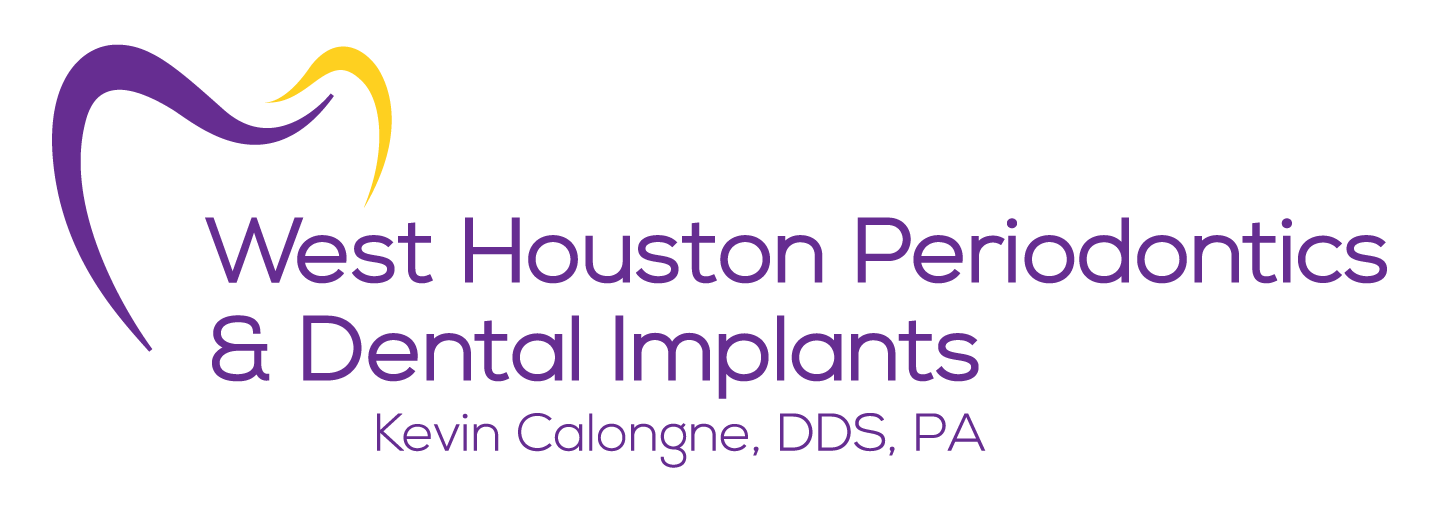Osteoporosis is a disorder characterized by the thinning of bone tissue and decrease of bone density over time in older people, particularly women. Osteoporosis develops when the body does not produce enough new bone or absorbs too much old bone. A decrease in estrogen in menopausal women or a decrease in testosterone in males is the major cause of osteoporosis. Osteoporosis patients must be especially cautious in their regular activities, since they are at a higher risk of bone fractures.
Because periodontal disease can cause bone loss, researchers have looked into possible links between the two diseases. Women with periodontal bacteria in their mouths were shown to have a higher risk of bone loss in the oral cavity and jaw, which can lead to tooth loss, according to research. Patients with osteoporosis could considerably reduce tooth loss by treating periodontal disease, according to studies conducted over a ten-year period. Furthermore, it was discovered that postmenopausal women with osteoporosis are 86% more likely to acquire periodontal disease.
An estrogen insufficiency is one of the causes of the link between osteoporosis and periodontal disease. Estrogen deprivation hastens the onset of both oral and other types of bone loss. It also hastens the loss of fibers and tissues that maintain the teeth in place. When these fibers are damaged, tooth loss happens.
Osteoporosis is caused by a decrease in mineral bone density. Periodontal disease causes inflammation, which weakens bones and makes them more prone to breakage. This is why periodontitis can be very harmful and progressive in osteoporosis sufferers.
If you have been diagnosed with osteoporosis, it is critical that you take steps to prevent periodontal disease in order to safeguard your teeth and oral bones.

